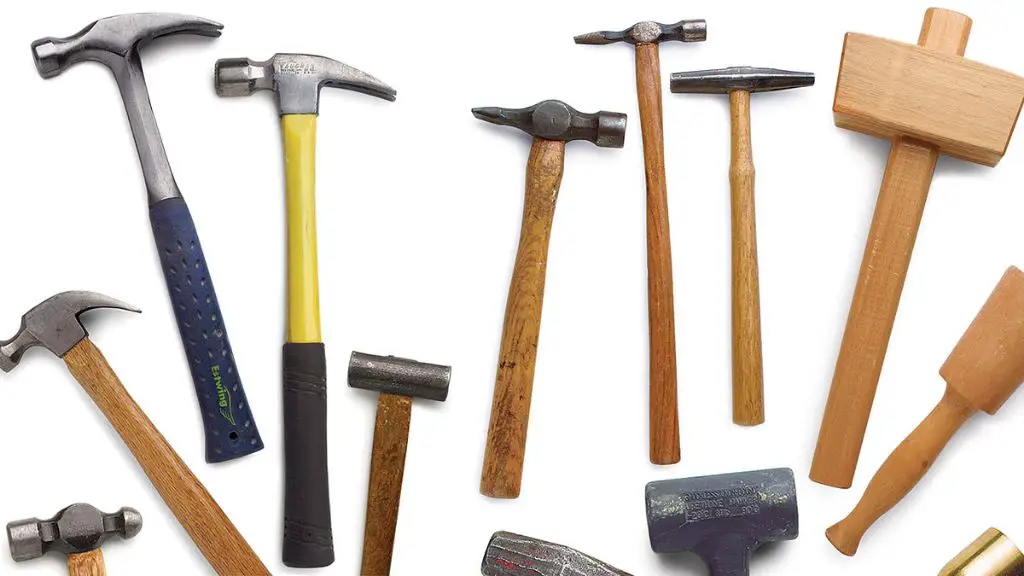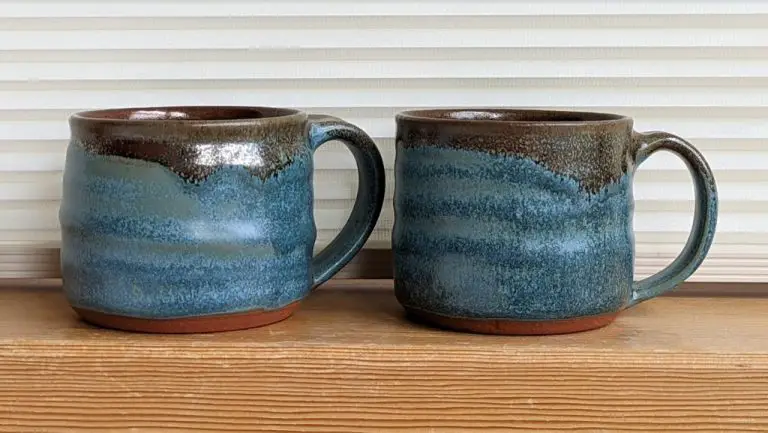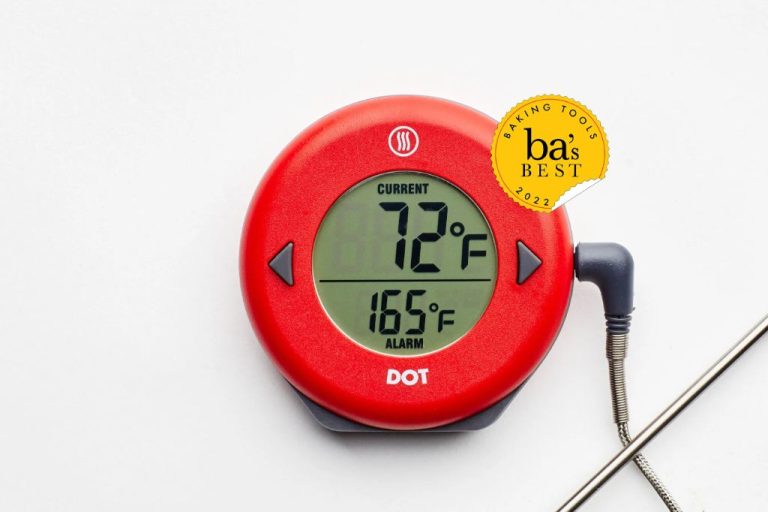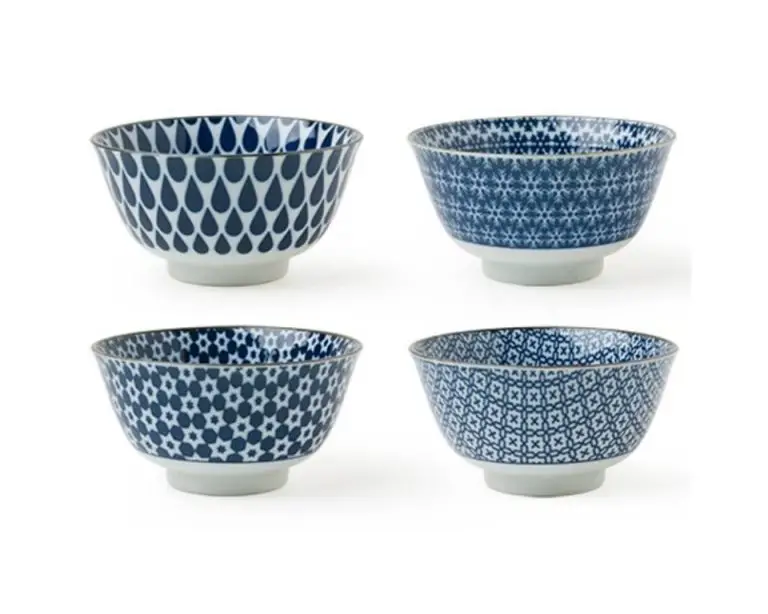What Are The Three Tools That Can Be Used To Make A Sculpture Piece?
Sculpture is the art of creating three-dimensional forms and shapes. The definition of sculpture typically refers to artworks made by carving or modeling materials such as stone, metal, glass, or wood. Some of the main tools used to create sculpture pieces include:
- Chisels
- Hammers
- Rasps
In this article, we will explore these three essential sculpting tools that enable artists to bring their creative visions to life through subtractive and additive techniques.
Chisel
A chisel is a metal hand tool with a beveled edge at one end used to carve, shape, and cut stone or wood.source Chisels have been used as sculpting tools since ancient times and were originally made of stone before being forged from metals. Chisels are typically struck with a hammer or mallet to precisely chip away material from the workpiece.
There are three main types of sculpting chisels used today:
- Point chisel – Used for detailed carving and has a pointed tip.
- Toothed chisel – Has teeth along one side used for roughing out shapes.
- Flat chisel – Has a straight cutting edge and rectangular shape, used for general smoothing and shaping.

When using a chisel for sculpture, the artist holds the chisel in one hand and strikes it with a hammer or mallet held in the other hand. The hammer blow forces the beveled edge of the chisel into the workpiece, chipping away small fragments with each strike. Chisels allow for finely controlled removal of material and detailed shaping compared to other sculpting methods.
Chisels have been an essential sculpting tool since ancient Egyptian and Greek sculptors first carved stone statues and reliefs. The ancient Egyptians forged bronze chisels which were used to carve some of the limestone hieroglyphs and sculptures which still stand today.source Chisels evolved over centuries alongside sculpting styles and enabled artists to create intricate works in stone, wood, and other materials.
Hammer
Hammers are an essential tool for sculptors working with stone or other hard materials. They are used in combination with chisels to strike and chip away at the stone, removing small fragments to shape the overall form.
There are several types of hammers that may be used:
-
Claw hammer – The most common type, with a flat striking surface on one side and a claw on the other to remove nails. These are good general purpose hammers.
-
Ball-peen hammer – Instead of a claw, these have a rounded “ball” on the other end. The ball can be used to shape stone in contours.
-
Cross and straight pein hammers – The ends are shaped like a cross or rectangle. The straight edges can chip away stone in straight lines.
-
Mallets – Have large striking surfaces made of wood, rubber or plastic to strike chisels. Less likely to damage the chisels.
To use a hammer, the sculptor holds it by the handle and strikes the head of the chisel to precisely break off small fragments of stone. Proper aim and force is crucial to remove the desired shape. Hammers help transfer the sculptor’s motions into the form taking shape from the rough stone.
Rasp
A rasp is a key sculpting tool used to shape and refine surfaces of sculptures and carvings. Rougher rasps with deeper teeth are utilized in the initial stages of sculpting to aggressively remove material, while finer rasps help smooth and add finer details.
There are several types of rasps suited for various sculpting needs:
- Cabinet rasps – Finer rasps with individually cut teeth pressed into a flat steel plate. Used for delicate final smoothing.
- Round rasps – Cylindrical rasps for contouring concave surfaces.
- Half-round rasps – Shaped for accessing hard to reach concave areas.
- Flat rasps – General shaping and removal of stock.
The sculptor grips the rasp handle and moves the rasp in short strokes across the surface. Rasps cut when pushed forward, and ride smoothly over the surface when pulled back. The rasp’s teeth slice away thin shavings of material, contouring the form. Rasps can rapidly remove wood, stone and clay in the roughing out stage. In finishing, fine rasps blend surface textures and create delicate carving details.
Additional Hand Tools
In addition to chisels, hammers, and rasps, there are many other hand tools that are useful for sculpture work. Some commonly used additional hand tools include:
Files – Files come in a variety of shapes and cuts. They are used for smoothing and shaping once the basic form is established. Files allow the sculptor to refine curves and edges. Needle files are helpful for detailing in tight areas. Wood carving tools STRYI sells sets of needle files perfect for detailing sculpture work.
Pliers – Sculptors use pliers for bending, twisting, and shaping metal armatures. Needle nose, flat nose, and round nose pliers give the most control for sculpting work. Pliers with smooth jaws help avoid marring the metal surface.
Clamps – Clamps are helpful for holding a sculpture steady while working. They allow the sculptor to have both hands free. Bar clamps, C-clamps, and spring clamps are common types used. Clamps with protective pads reduce marring.
Power Tools
Power tools like grinders, sanders, and drills are commonly used in sculpture creation to efficiently remove material and refine the artwork. Grinders use abrasive disks or wheels to grind down stone and metal quickly. Angle grinders allow sculptors to access confined spaces and detail work. Similarly, power sanders equipped with coarse grit sandpaper can rapidly remove excess stone or wood. Rotary hammers and hammer drills bore holes in thick, dense materials like concrete when chiseling would be ineffective. Power drills also drive screws to assemble complex wooden sculptures. While hand tools facilitate precision, power tools amplify an artist’s capabilities and allow larger, more intricate sculptures.
Subtractive vs Additive
Sculpture techniques fall into two main categories: subtractive and additive. Subtractive vs. Additive Sculpture
Subtractive sculpture involves carving or chiseling away material from a larger solid piece to reveal the desired form. The sculptor starts with a block of material like stone, wood, or ice and removes the excess material to create the finished work. Subtractive techniques include carving, chiseling, cutting, and etching. Famous subtractive sculptures include Michelangelo’s David and Mt. Rushmore.
In contrast, additive sculpture adds material together to build up the artwork. The sculptor starts with a basic armature or frame and applies successive layers of material to construct the final piece. Common additive techniques include modeling clay or wax, assembling found objects, and welding or soldering metal pieces. Famous additive sculptures include the Statue of Liberty and Claes Oldenburg’s giant public artworks.
While subtractive sculpture can only remove material, additive allows for endless creativity in both form and material. However, subtractive has the advantage of working with durable materials like stone. Both techniques require artistic vision, manual dexterity, and expert craftsmanship to create a memorable sculptural work.
Clay
Clay is one of the most popular and versatile materials for sculpture. It’s an extremely malleable substance that can be shaped, molded, carved, and sculpted into countless forms (source). There are several types of clay used in sculpture, each with their own properties and characteristics.
Some common types of sculpting clay include:
- Potter’s clay – Very plastic and malleable when wet, hardens when fired in a kiln. Examples are earthenware, stoneware, and porcelain.
- Modeling clay – Oil-based clays that do not require firing. They remain soft and can be reused. Examples are plasticine and polymer clay.
- Water-based clays – Clay mixed with water, remains soft when air dried. Examples are clay dough and air-dry clay.
Clay is a responsive, hands-on medium. Sculptors can shape it by hand or use basic tools like loops, ribs, cutters, and wires. When working with clay, sculptors must consider the plasticity, texture, shrinkage, and strength of the type of clay they are using (source). With practice and skill, artists can create incredibly detailed and realistic clay sculptures.
Stone
Stone is one of the classic mediums for sculpture. The three main types of stone used are marble, granite, and limestone. Each has different properties that impact the carving process.
Marble is metamorphic limestone that has been subjected to heat and pressure within the earth. It is relatively soft and homogeneous, making it easier to carve detailed shapes. Marble comes in vibrant colors like white, black, red, and green. Its smooth texture makes marble popular for statues, busts, fountains, and other decorative works.
Granite is an igneous rock formed from magma or lava as it cools. It is extremely hard and durable. Granite resists weathering and lasts a long time outdoors. It has a crystalline structure and can take a polished finish. Granite comes in shades of gray, pink, and black. Sculptures made from granite tend to be abstract shapes rather than highly detailed due to the hardness of the material.
Limestone is a sedimentary rock composed of calcium carbonate. It is softer than granite but harder than marble. Limestone can be carved into delicate details but is also durable for outdoor use. Its natural tan color has been popular for centuries, but limestone is also available in shades of gray, red, and yellow. Limestone weathers naturally over time, giving older limestone sculptures a distinctive aged appearance.
Working with stone requires patience and specialized tools. Chisels and hammers are used to chip away pieces of stone. A claw chisel has prongs to pry off fragments. Point chisels make indentations for detailed carving. Special rasps help shape concave surfaces. Power tools like grinders, sanders, and cutting disks can also assist carving stone. Protective gear like goggles, masks, and gloves are essential when carving, cutting, or polishing stone.
Conclusion
In summary, the three main tools used to create sculptures are chisels, hammers, and rasps. Chisels are used for carving and shaping sculptures out of stone or wood. Hammers help drive and control the chisels. Rasps refine the surface of sculptures. While chisels, hammers, and rasps represent essential hand sculpting tools, there are other additional hand tools as well as power tools that may be employed. Sculptors can choose to use subtractive techniques, like carving away material, or additive techniques with mediums like clay. The type of material being sculpted, such as stone or clay, also impacts the tools utilized. Overall, having the proper sculpting tools available allows artists to manipulate materials into their desired forms and create amazing works of art.
Sculpting tools enable artists to bring shapes and forms out of raw materials. Quality tools help sculptors achieve their vision. From initial rough shaping to final refined detailing, having the right chisels, hammers, rasps, and other implements makes sculpting easier and elevates the end result. Just as a painter relies on brushes or a writer depends on pens, a sculptor’s art depends on their tools.




